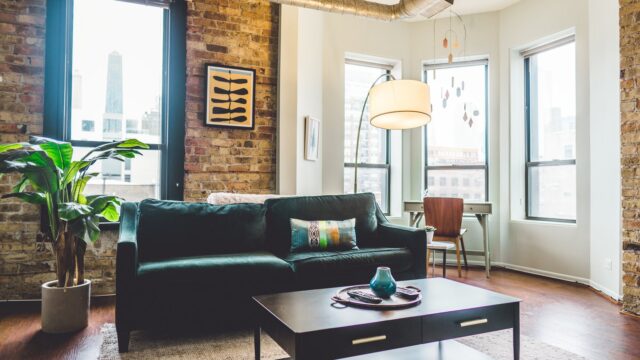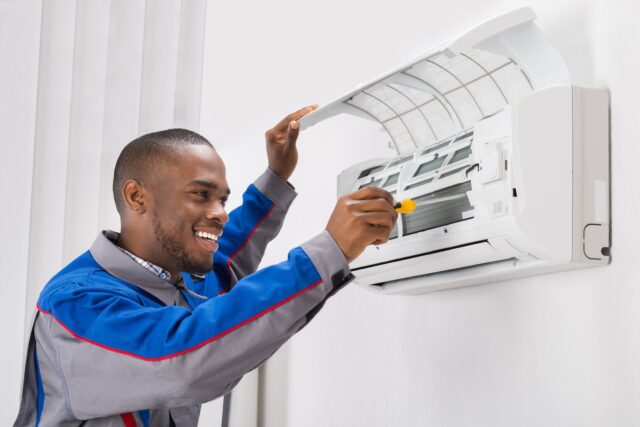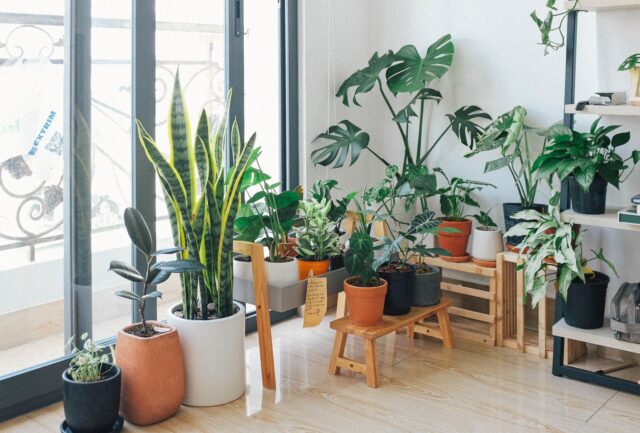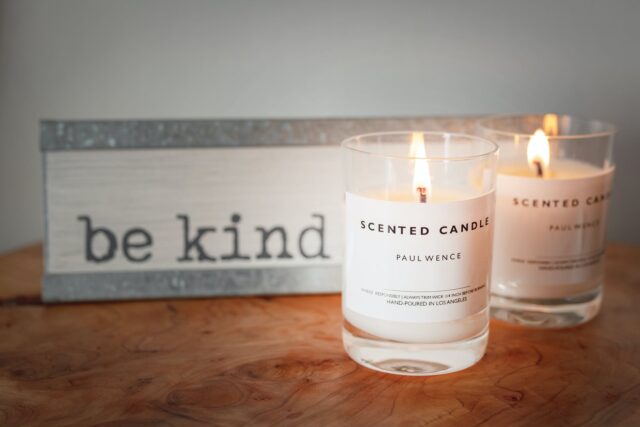
The quality of the air you breathe has a profound effect on your health. Breathing in air that is laden with pollutants and contaminants such as dust, mold, pollen, and pet dander can subject you and your family to a wide range of health effects, including respiratory ailments, worsened allergies, and asthma attacks, just to name a few. Additionally, indoor air quality problems can have an impact on the efficiency of your heating and cooling systems’ efficiency, leading to issues such as early replacement and higher energy bills.
This is not to forget how poor indoor air quality can affect the comfort and structural integrity of your house as problems such as mold growth occur with humidity problems. Simply put, you have more than a dozen reasons to ensure that the air circulating in your home is of high-quality.
You don’t even have to wait until you or a family member starts exhibiting signs and symptoms of airborne illnesses or allergies to realize air quality problems in your home. Nowadays, home air quality testing kits that allow you to check the levels of dust, allergens, chemical pollutants, and humidity are available in the market.
Either way, here are 7 tips for maintaining air quality in your home.
1. Keep Your Air Conditioner in Good Shape

In many parts of the country, the majority of homes depend on air conditioning not only to improve comfort but also as a means of purifying indoor air. In essence, the AC helps in improving the quality of air by driving out the stale air and letting in the clean and refreshing air. Modern air conditioning systems are fitted with air filters, which clean out the incoming air by sieving off dust particles, pollen, and other impurities.
But then again, these filters need to be cleaned or replaced regularly to keep your AC functioning properly and efficiently while ensuring that clean air is blown into your home. Tom Browne from FastAfforableAir.com says that dirty air filters are one of the most common causes of HVAC problems and malfunctions. In addition to regular air filter replacement, your AC also needs regular maintenance checks to ensure that everything is functioning as it should.
This often requires working with a trusted AC service technician who will advise you appropriately in case a repair, replacement, or fine-tuning service is needed. On top of this, reducing clutter from your home can also help reduce dirt, dust, and other pollutants that tend to accumulate more in cluttered spaces.
2. Keep the House Clean and Tidy
Your beddings, couches, curtains, and upholstery are places where dust mites, mold, and mildew can easily propagate if not washed regularly. Dust mites irritate the nose and throat. If you’re the kind of person who loves indoor pets, always ensure you keep them off the beds and couches as they tend to leave their fur, which can create breeding zones for dust mites. Rugs, carpets, and mats should also be vacuumed and cleaned regularly as they trap dust in their fibers, and these particles pollute your indoor air.
3. Introduce Some House Plants

Plants not only provide food for us, but some of them act as natural air filters. They help in removing toxins from the air in your home while also providing additional oxygen. Several types of houseplants are known to help in purifying the air. Some of these include:
- Corn plant
- English Ivy
- Lilies
- Ferns
- Broad Lady Palm
- Snake Plant
- Chrysanthemum
- Aloe Vera
In addition to helping improve your home’s air quality, indoor plants also help to improve your home’s aesthetic appeal, not forgetting that adding a bit of nature in your home can help improve your mood and even combat stress.
4. Ensure Adequate Ventilation
For quality indoor air, it’s best to always ensure the windows and curtains in your home are open at least a few hours each day if not more regularly. This helps in ensuring there is fresh air circulation in the house while reducing stagnation and stuffiness. Especially if the AC is running, it also helps reduce the buildup of toxic chemicals in the house. As you seek to improve your home’s ventilation, consider using fragrance-free or naturally-scented air and laundry fresheners to minimize aerosol pollution. Also, go for greener household cleaners that are free of VOCs, which are also common sources of indoor air pollution.
5. Light Some Candles Often

Natural bee’s wax candles not only help in reducing contaminants in the air, but they also have a sweet aroma that creates a wonderful aura in your home. When the beeswax candle is burning, it releases negative ions into the air, which fights the positive charge normally carried by the dirt, pollen, dust, pollutants. The positively charged particles are sucked into the burning candle or fall off from the air
6. Make your home No-Smoking-Zone
You might be a nuisance in your own home. Cigarette smoking is probably one of the major ways air is polluted in many homes. Research has shown that cigarette smoke contains more than 4000 chemicals, which are normally released into the air while smoking. Be considerate to your family because they become second-hand smokers if you smoke in the house, which might even cause respiratory diseases especially to children. If you cannot stop smoking, allocate yourself a smoking zone outside your house with your visitors.
7. Get an Air Purifier
https://www.youtube.com/watch?v=VidZMqmTgJQ
An air purifier is among the best solutions for keeping indoor air clean and free from pollutants. If you’re having pet hair trouble, for instance, an ionic air purifier can help capture any pet hair and other allergens floating in your indoor air, making it fresher and safer for breathing.
You can never be careful enough about your home’s air quality. Indoor air pollution is a common cause of respiratory illnesses and allergies, some of which lead to fatalities. In addition to the ones mentioned above, other things you can do to maximize the quality of air in your home may include installing cooking vents in the kitchen, investing in dehumidifiers (in summer), and humidifiers (for winter), and investing in bathroom vents.







